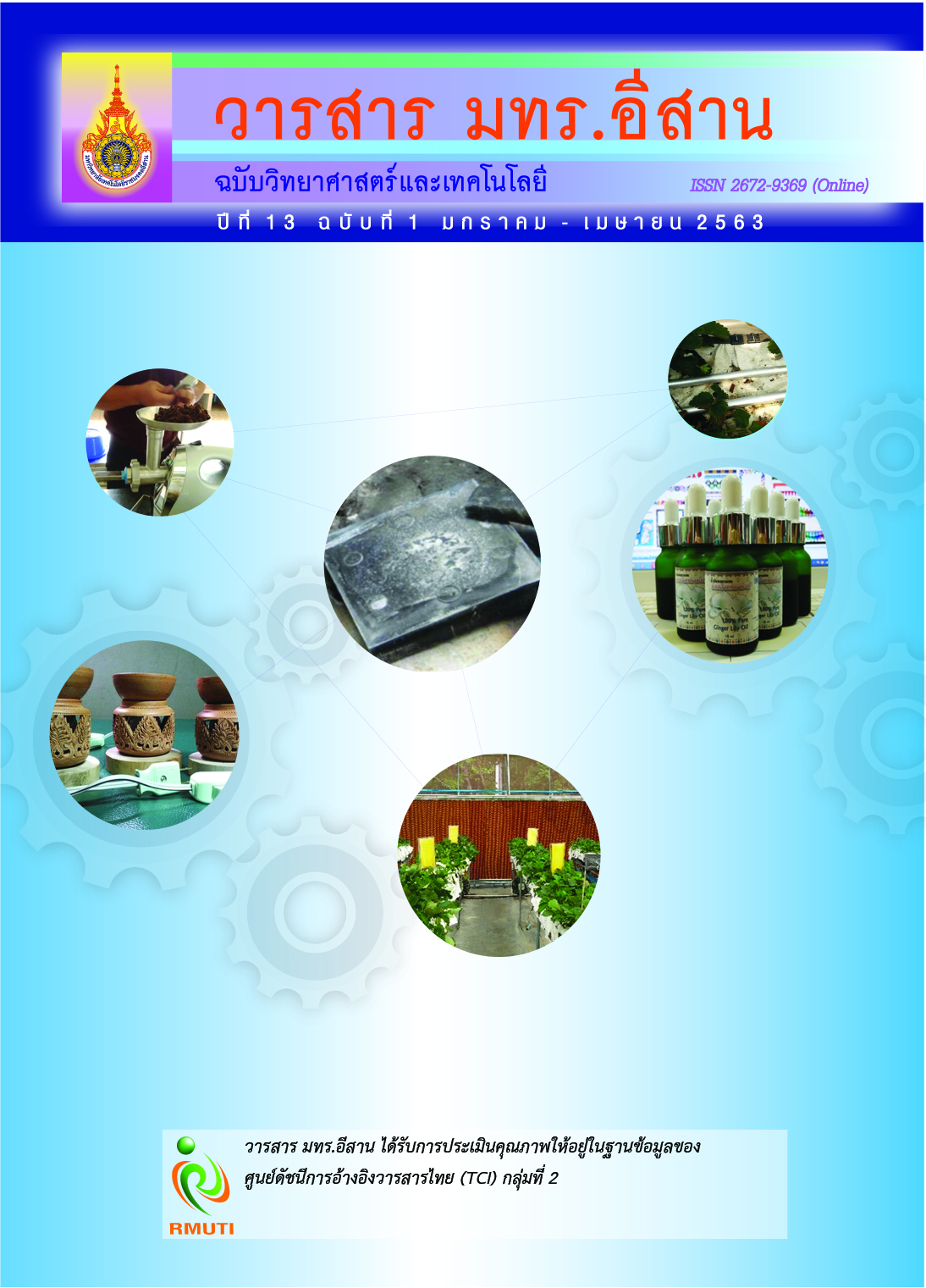Development of Herbal Mosquito Repellent Lamp from Ginger Lily Oil
Main Article Content
Abstract
This research and development aim to 1) Study mosquito preventing of Ginger lily oil 2) Develop repellent lamp with smell of Ginger lily oil and 3) Study satisfaction of repellent lamp with smell of Ginger lily oil using. The sample were 4 healthy volunteer for mosquito preventing study, 8 volunteer for group discussion and 30 volunteer for repellent lamp with smell of Ginger lily oil using. The research tools were group discussion, repellent lamp with smell of Ginger lily oil quality evaluation form and satisfaction evaluation form. Research method include 4 step as 1) Problem analysis 2) Design 3) Trial and 4) Evaluation. Analyze by content consider and mean and standard deviation. The results of this research show 1) Ginger lily oil can prevent Aedes aegypti L. 1.5 hours and Cutex quinquefasciatus Say 4.5 hours 2) Ginger lily oil repellent lamp with oil earthenware, power on - off switch, tungsten light with warm white and 100% ginger lily oil. 3) High satisfaction of repellent lamp with smell of Ginger lily oil using. Thus, repellent lamp with smell of Ginger lily oil can be a choice for herbal product user and develop for commercial as Thai herbal value added and encourage herbal and Thai knowledge.
Article Details
References
Bureau of Epidemiology. (2016). Weekly Epidemiological Surveillance Report. Bureau of Epidemiology Journal. Vol. 47, No. 46, pp. 177-184
Saelim, V., Brogdon, W. G., Rojanapremsuk, J., Suvannadaba, S., Pandii, W., Jones, J. W., and Sithiprasasna, R. (2005). Bottle and Biochemical Assays on Temephos Resistance in Aedes Aegypti in Thailand. The Southeast Asian Journal of Tropical Medicine and Public Health. Vol. 36, No. 2, pp. 417-425
Chareonviriyaphap, T. (2016). Herbal Vetiver Herbs Innovation. Bangkok: The Thailand Research Fund
Faculty of Pharmaceutical Sciences. (2017). Herbal Database Faculty of Pharmaceutical Sciences Ubon Ratchathani University. Access (26 February 2017). Available (http://www.phargarden.com/main.php?action=viewpage&pid=86library/guide.html)
Laoruang, N. and Siriyan, P. (2017). Development of Mosquito Protection Products from Ginger Lily For Students of Kanchanabhishek Institute of Medical and Public Health Technology. (Thesis). Kanchanabhishek Institute of Medical and Public Health Technology
Cronbach, L. J. (1951). Coefficient Alpha and the Internal Structure of Tests. Psychometrika. Vol. 16, No. 3, pp. 297-334. DOI: 10.1007/BF02310555
Disnelys, B., Jorge, P., and Diego, M. (2011). Floral Scent Composition in Hedychium coronarium J. Koenig Analyzed by SPME. Journal of Essential Oil Research. Vol. 23, No. 3, pp. 64-67. DOI: 10.1080/10412905.2011.9700460
Tawatsin, A., Asavadachanukorn, P., Thavara, U., Wongsinkongman, P., Dansidhl, J., Boonruad, P., Chavalittumrong, P., Soonthornchareonnon, N., Komalamisra, N., and Mulla, M. (2006). Repellency of Essential Oils Extracted from Plants in Thailand Against Four Mosquito Vectors (Diptera: Culicidae) and Ovipoistion Deterrent Effects Againit aedes aegypti (Diptera: Culicidae). The Southeast Asian Journal of Tropical Medicine and Public Health. Vol. 37, No. 5, pp. 915-931
Piboon, S. (2008). Research Methodology for Research Development for Enterprise Development. Nonthaburi: Chatupon Design


